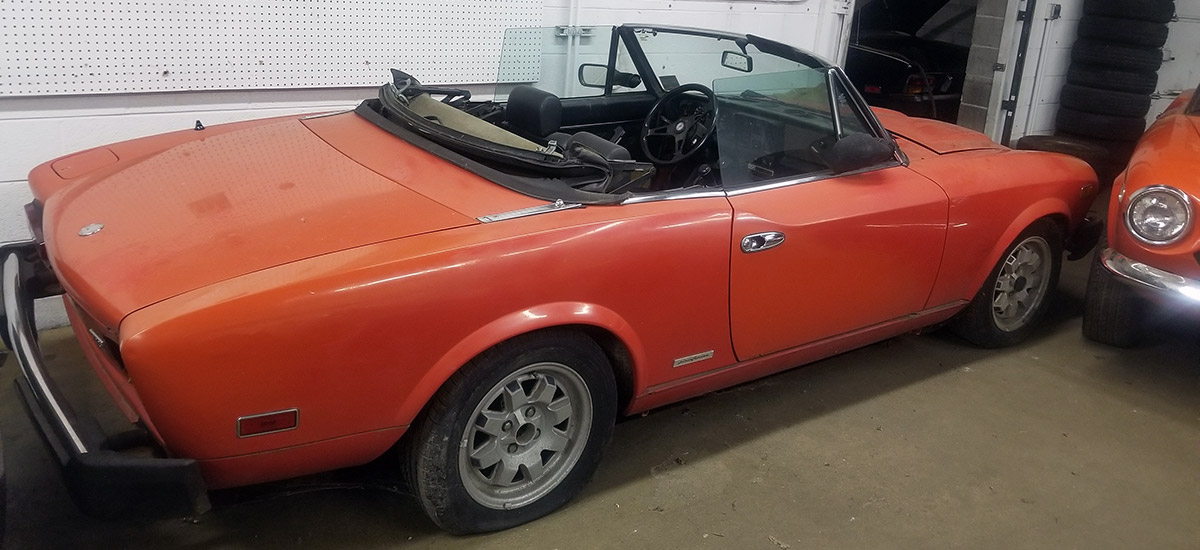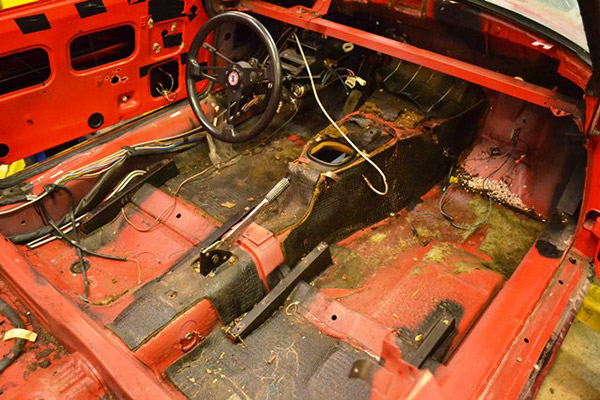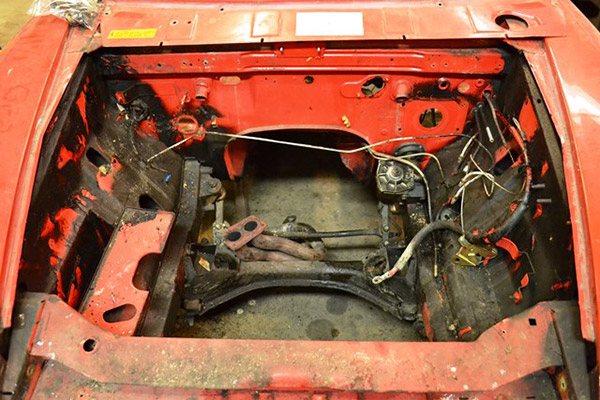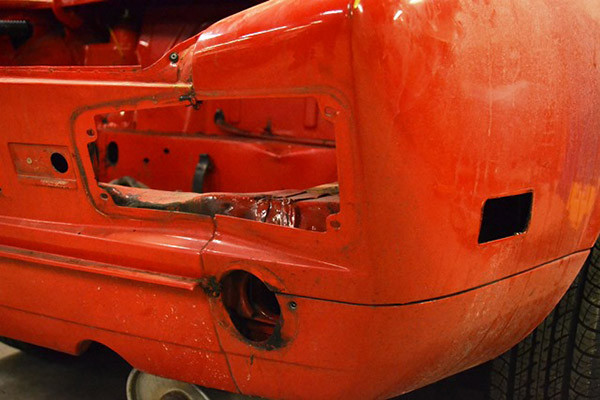
Media
It is February, and it’s freezing in Chicago. Dionisio Update

After careful consideration, a particular vintage shade of Ferrari Fly yellow was finalized for the exterior color. Leather samples are still being discussed. So far, the creative dynamic established between Roadster, Mr. Dionisio in Europe and his son in California has been a bit of a model of cooperation. Like all projects, the devil is in the details. Some of the fine points of the build are still being debated—but we are making progress. Fortunately, the initial build sheet provides a solid platform to work from. It isn’t necessary to make final decisions about trim or interior finishes during the first stages of the build.
All mid-level and higher restorations require the complete disassembly of the chassis. This includes having all mechanical components and trim removed and the car stripped down to the bone. This is an arduous task. According to Senior Technician Ken Zeuchel, the process of removing all components and meticulously cataloging each item can take weeks or even longer. “The key is whether the particular build is being done to an original standard—or if the project’s goal is to update the spider using our exclusive contemporary technology. Obviously if the car is one of our fully re-manufactured models, there is not a whole lot left of the original car that is retained other than the tub.”
Production Tech Errol Reid calls this the “Piranha phase” because nothing is left but the bones when he is done. “It may seem to be a little random, but we have a system for how these cars are taken apart. It can cause big problems later if we are not careful removing everything. I learned this the hard way.” Once the car is completely stripped of its components, work on the body begins in earnest.



